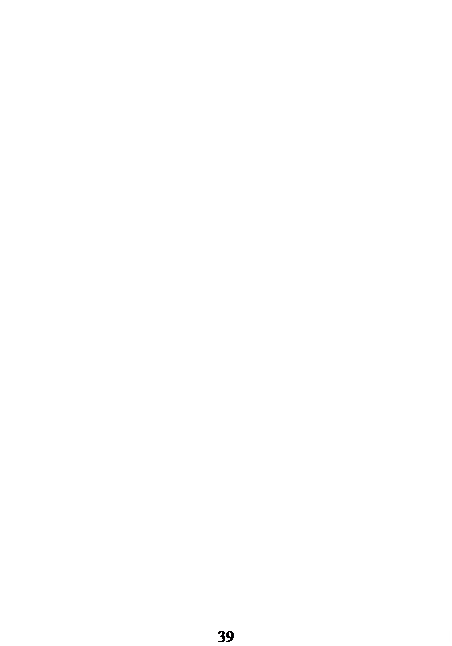| 6. What kind of climate is there in the country?
7. What rivers can you name?
8. What kind of mineral resources has Russia?
9. Who is the Head of the country?
10. What is the capital of Russia?
11. When was it founded?
12. What are the symbols of Russia?
13. Where is Chuvashia situated?
14. What regions does Chuvashia border on?
15. Is Chuvashia a densely populated republic?
16. What climate does the republic have?
17. Chuvashia is a picturesque place, isn’t it?
18. How does the state flag of the republic look like?
Ex.4. Fill in the blanks:
1. The … Ocean and its seas wash the frontiers of Russia in the north; the …, … and … seas in the south, in the east the frontiers are washed by the … Ocean, in the west by the … Sea.
2. We have two great plains: the … Plain and the … Lowland.
3. There are three main mountain chains in Russia. They are: … .
4. There are … volcanoes on the Kamchatka Peninsula, … of which are active.
5. The world’s deepest lake is the … . It is famous for its … scenery.
6. Russia is rich in … and other minerals.
7. Russia is a … republic. The Head of the country is the … .
8. The national anthem of Russia is … .
9. Chuvashia lies in the heart of … in the … region.
10. Woods cover third of its territory, mainly … .
| 
